NCERT Solutions for Class 8 Science - Microorganisms- Friend and Foe
The CBSE Class 8 Science Chapter 2 - Microorganisms: Friend and Foe is an essential topic in the field of microbiology, which aims to teach students about the different types of microorganisms, their role in the ecosystem, and their impact on human life. Let's have a look at NCERT Solutions of the chapter.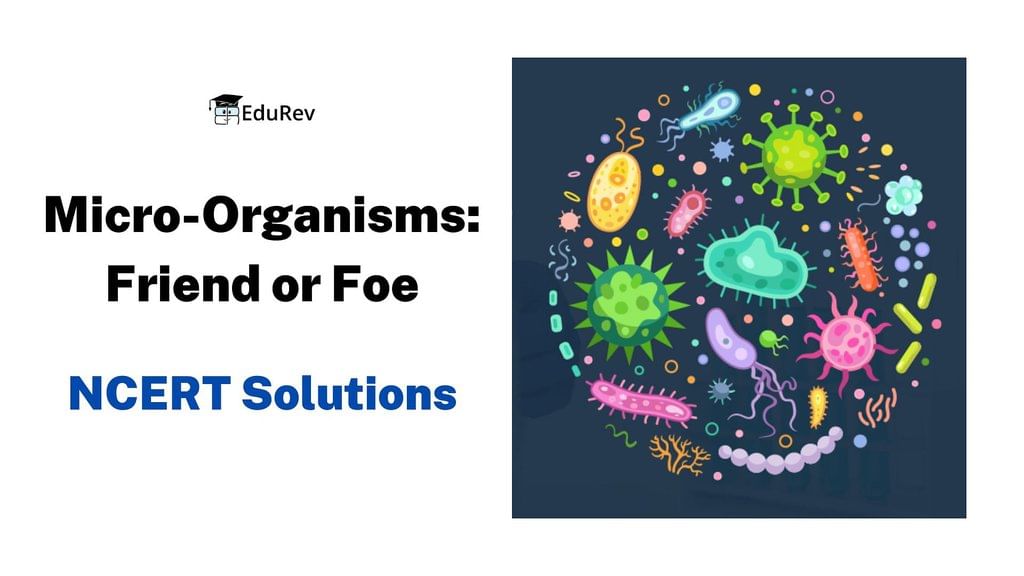
Exercises
Q1. Fill in the blanks:
(a) Microorganisms can be seen with the help of a microscope.
 View Answer
View Answer 
Microscope: A microscope is a scientific instrument used to magnify objects that are too small to be seen with the naked eye.
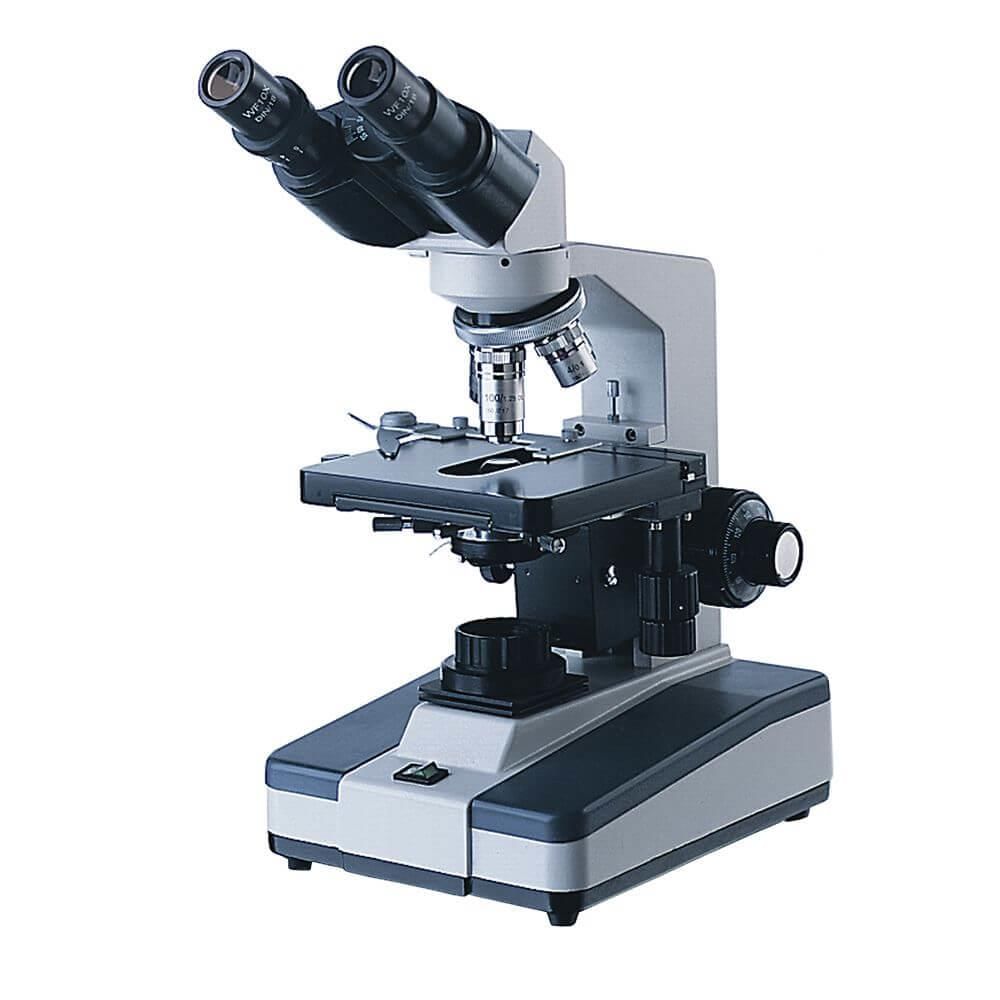 Microscope
Microscope
(b) Blue-green algae fix nitrogen directly from the air to enhance the fertility of the soil.
 View Answer
View Answer 
Blue-green algae:
- Blue-green algae are a type of microorganism known as cyanobacteria.
- They have the unique ability to convert atmospheric nitrogen gas into a usable form that plants can absorb, a process called nitrogen fixation.
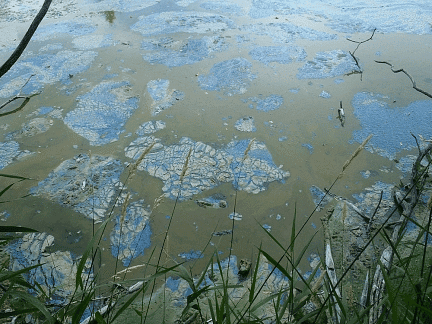 Blue-green algae(c) Alcohol is produced with the help of yeast.
Blue-green algae(c) Alcohol is produced with the help of yeast.
 View Answer
View Answer 
Yeast:
- Yeast, a type of microorganism, is crucial in the commercial production of alcohol and wine.
- It carries out fermentation, where sugars are converted into alcohol and carbon dioxide.
- Yeast is grown on natural sugars present in various sources such as grains (barley, wheat, rice) and crushed fruit juices.
- During fermentation, the yeast breaks down these natural sugars, producing alcohol as the primary product.
(d) Cholera is caused by bacteria.
 View Answer
View Answer 
Bacteria:
- Bacteria are single-celled microorganisms that can cause various diseases in humans, animals, and plants.
- Cholera is a severe diarrheal illness caused by a specific bacterium called Vibrio cholerae.
Q2. Tick the correct answer:
(a) Yeast is used in the production of
(i) Sugar
(ii) Alcohol
(iii) Hydrochloric acid
(iv) Oxygen
Ans: (ii) Alcohol
Yeast is used in the production of alcohol.
Yeast can convert sugars into alcohol through a process called fermentation.
This property of yeast is utilized in industries like brewing and winemaking.
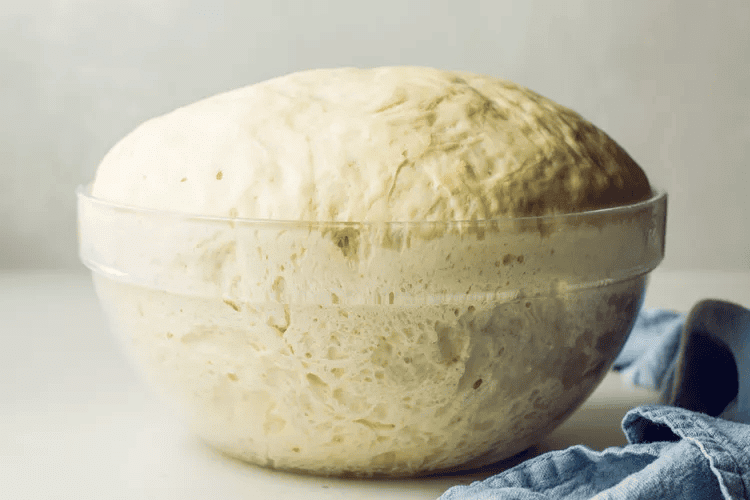 Yeast causes dough to rise
Yeast causes dough to rise
(b) The following is an antibiotic
(i) Sodium bicarbonate
(ii) Streptomycin
(iii) Alcohol
(iv) Yeast
Ans: (ii) Streptomycin
 View Answer
View Answer 
- Streptomycin is an antibiotic.
- Antibiotics are medications that can inhibit the growth of or destroy bacteria.
- Streptomycin is used to treat various bacterial infections and is one of the many antibiotics available to fight against bacterial diseases.
(c) Carrier of malaria-causing protozoan is
(i) Female Anopheles mosquito
(ii) Cockroach
(iii) Housefly
(iv) Butterfly
Ans: (i) Female Anopheles Mosquito
 View Answer
View Answer 
- Female Anopheles mosquito is specifically responsible for transmitting Plasmodium protozoans.
- When an infected mosquito bites a person, it injects the protozoan into their bloodstream, which can lead to malaria.
 Mosquito
Mosquito
(d) The most common carrier of communicable diseases is
(i) Ant
(ii) Housefly
(iii) Dragonfly
(iv) Spider
Ans: (ii) Housefly
 View Answer
View Answer 
- The housefly is the most common carrier of communicable diseases.
- Houseflies can come in contact with various sources of bacteria and pathogens, such as garbage, faeces, and decaying organic matter.
- When they land on food or surfaces, they can transfer these pathogens, leading to the spread of diseases.
(e) The bread or idli dough rises because of
(i) Heat
(ii) Grinding
(iii) Growth of yeast cells
(iv) Kneading
Ans: (iii) Growth of yeast cells
 View Answer
View Answer 
The bread or idli dough rises because of the activity of yeast cells, which includes their growth and fermentation.
When yeast is added to the dough, it ferments the sugars present, producing carbon dioxide gas. This gas gets trapped within the dough, causing it to expand and rise, making it light and fluffy.
(f) The process of conversion of sugar into alcohol is called
(i) Nitrogen fixation
(ii) Molding
(iii) Fermentation
(iv) Infection
Ans: (iii) Fermentation
 View Answer
View Answer 
- The process of conversion of sugar into alcohol is called fermentation.
- During fermentation, yeast or bacteria break down the sugar molecules into alcohol and carbon dioxide in the absence of oxygen.
Q3. Match the organisms in Column I with their action in Column II.
| Column A | Column B |
| (i) Bacteria | (a) Fixing Nitrogen |
| (ii) Rhizobium | (b) Setting of curd |
| (iii) Lactobacillus | (c) Baking of bread |
| (iv) Yeast | (d) Causing Malaria |
| (v) A protozoan | (e) Causing Cholera |
| (vi) A virus | (f) Causing AIDS |
| (g) Producing antibodies |
Ans:
| Column A | Column B |
| (i) Bacteria | (e) Causing Cholera |
| (ii) Rhizobium | (a) Fixing Nitrogen |
| (iii) Lactobacillus | (b) Setting of curd |
| (iv) Yeast | (c) Baking of bread |
| (v) A protozoan | (d) Causing Malaria |
| (vi) A Virus | (f) Causing AIDS |
- (i) Bacteria - (e) Causing Cholera
Bacteria are tiny organisms that can cause diseases. Cholera is a severe illness that is caused by a specific bacterium called Vibrio cholerae. - (ii) Rhizobium - (a) Fixing Nitrogen
Rhizobium is a helpful type of bacteria that lives in the roots of certain plants. It has a special ability to take nitrogen from the air and convert it into a form that plants can use.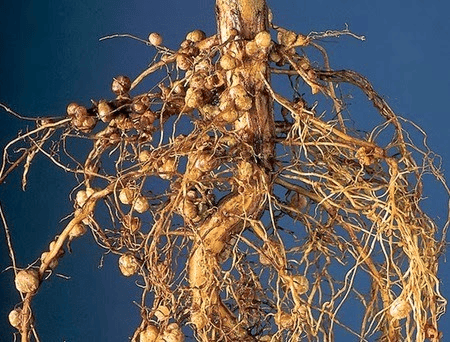 Rhizobium
Rhizobium - (iii) Lactobacillus - (b) Setting of curd
Lactobacillus is a type of bacteria used in the process of making curd. When we add curd starter containing lactobacillus to milk, it helps in fermenting the milk. This fermentation process turns the milk into curd by converting the milk sugar into lactic acid. - (iv) Yeast - (c) Baking of bread
Yeast is a type of microorganism that is used in baking bread. When we add yeast to the dough, it produces tiny bubbles of gas called carbon dioxide through a process called fermentation. These bubbles make the dough rise and become fluffy when we bake it. - (v) A protozoan - (d) Causing Malaria
A protozoan is a type of tiny organism. Some protozoans can cause diseases. Malaria is a disease that is caused by a protozoan parasite. - (vi) A Virus - (f) Causing AIDS
A virus is a tiny organism that can cause diseases. The Human Immunodeficiency Virus (HIV) is a virus that can weaken a person's immune system. It can lead to a disease called Acquired Immunodeficiency Syndrome (AIDS), which makes it harder for the body to fight off infections and diseases. - (g) Producing antibodies
This option does not have a corresponding organism in Column A. Antibodies are special substances produced by our immune system to fight against infections.
Q4. Can microorganisms be seen with the naked eye? If not, how can they be seen?
Ans: The microorganism can not be seen with the naked eye. Microorganisms are too small and are not visible to the unaided eye. Some of these, such as the fungus that grows on bread, can be seen with a magnifying glass. However, most require a microscope for visibility.
Q5. What are the major groups of microorganisms?
Ans: Microorganisms are classified into five major groups:
- Bacteria
- Fungi
- Protozoa
- Algae
- Viruses
Q6. Name the microorganisms which can fix atmospheric nitrogen in the soil.
Ans: Microorganisms that fix atmospheric nitrogen in the soil include bacteria like Rhizobium, Azotobacter, and cyanobacteria (commonly known as blue-green algae). These microbes convert atmospheric nitrogen into compounds that plants can use, thus increasing soil fertility. They are commonly called biological nitrogen fixers.
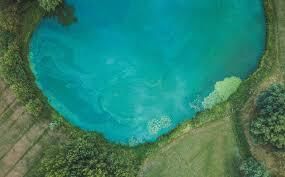 Blue-green algae
Blue-green algae
Q7. Write 10 lines on the usefulness of microorganisms in our lives.
Ans: Microorganisms are quite useful in our lives in many ways :
- Alcohol and Vinegar Production: Yeast is used in the large-scale production of alcohol, wine, and acetic acid (vinegar) through fermentation.
- Curd Formation: The bacterium Lactobacillus helps in converting milk into curd.
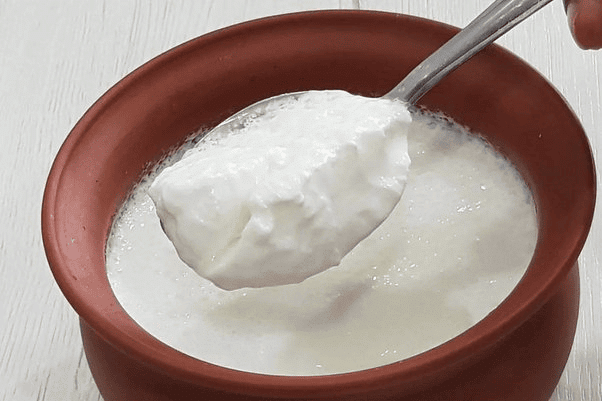 Curd
Curd
- Baking Industry: Yeast is widely used in baking to make bread, pastries, and cakes rise.
- Antibiotics: Bacteria are used to produce antibiotics like streptomycin, tetracycline, and erythromycin, which help fight infections.
- Soil Fertility: Microorganisms such as Rhizobium and blue-green algae fix atmospheric nitrogen, enriching soil fertility.
- Nitrogen Cycle: Certain bacteria convert nitrogen compounds in the soil into nitrogen gas, which is released back into the atmosphere, maintaining the nitrogen cycle.
- Waste Decomposition: Microorganisms decompose organic waste and dead matter, helping to clean the environment and recycle nutrients.
- Digestion: Some microorganisms in our gut aid in the digestion of food.
- Agriculture: Beneficial bacteria help break down organic matter, enriching the soil for farming.
- Scientific Research: Microorganisms are used in research for advancements in genetics and biotechnology, contributing to new discoveries and technologies.
Q8. Write a short paragraph on the harms caused by microorganisms.
Ans: Microorganisms are harmful in many ways.
- Some of the microorganisms cause diseases in human beings, plants and animals. Such disease-causing microorganisms are called pathogens.
- Pathogens spread a number of Microbial diseases or communicable diseases like cholera, common cold, chickenpox and tuberculosis from an infected person to a healthy person through air, water, food or physical contact.
- Some microorganisms spoil food, clothing and leather. Food poisoning is caused by the consumption of food spoilt by some microorganisms.
Q9. What are antibiotics? What precautions must be taken while taking antibiotics?
Ans: Antibiotics are powerful medications used to treat infections caused by bacteria.
- They work by either killing bacteria or inhibiting their growth and reproduction.
- Antibiotics are effective against bacterial infections such as strep throat, pneumonia, and urinary tract infections, but they do not work against viral infections like the flu or common cold.
- Common examples of antibiotics include penicillin, amoxicillin, and tetracycline.
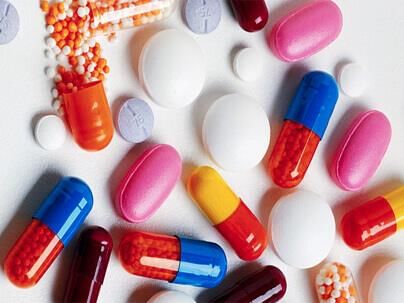 Antibiotics
Antibiotics
Precautions for taking Antibiotics:
Follow Prescription Guidelines: Always take antibiotics exactly as prescribed by your healthcare provider, including the dosage and duration of treatment.
Complete the Course: Finish the entire course of antibiotics even if you start feeling better before completing it. Stopping early can lead to the bacteria becoming resistant to the antibiotic.
Avoid Mixing with Certain Medications: Inform your doctor about any other medications or supplements you are taking, as some can interact negatively with antibiotics.
Be Aware of Side Effects: Monitor for side effects, such as nausea, diarrhea, or allergic reactions. If you experience severe side effects, contact your healthcare provider.
Do Not Share Antibiotics: Never share your antibiotics with others or use leftover antibiotics from a previous illness, as they may not be appropriate for your current infection.
|
92 videos|296 docs|44 tests
|
FAQs on NCERT Solutions for Class 8 Science - Microorganisms- Friend and Foe
| 1. What are some examples of beneficial microorganisms? |  |
| 2. How do microorganisms cause diseases in humans? |  |
| 3. What are the methods to control harmful microorganisms? |  |
| 4. How do microorganisms play a role in the environment? |  |
| 5. What is the importance of microorganisms in the food industry? |  |






















